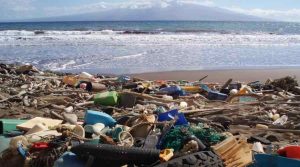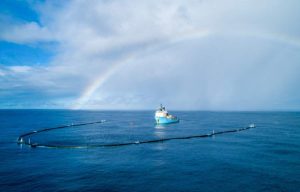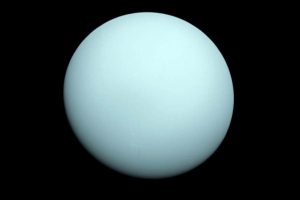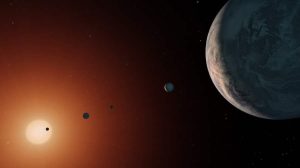Plastic waste at the bottom of the Mariana Trench
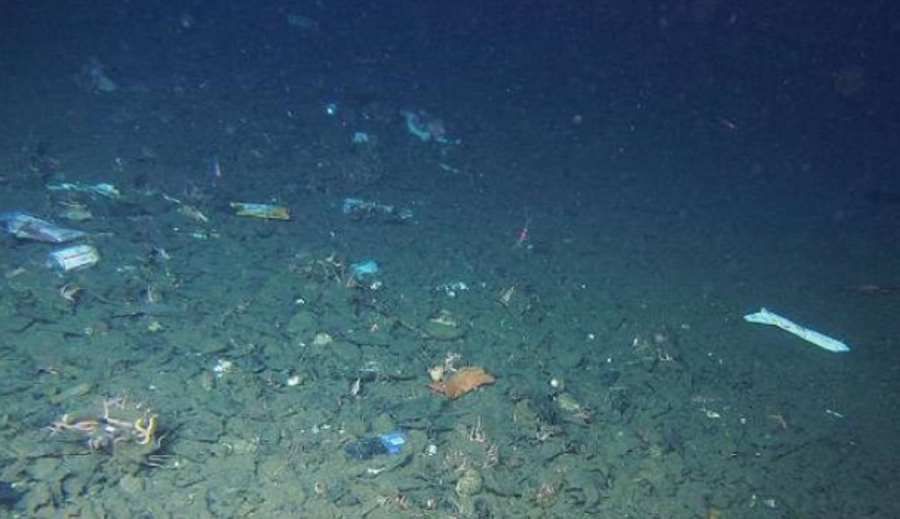
Plastic waste at the bottom of Trench Mariana the
Plastic trash has even been found in one of the most inaccessible places on Earth – at the bottom of the Mariana Trench. A recent study by Japanese scientists shows that ocean pollution from plastic waste is becoming an increasingly pressing problem.
According to a recent study analyzing 30 years of data gleaned from more than of,000 dives, plastic waste, such as disposable advertisingowka, can be found even at the bottom of more than ever the Mariana Trench at a depth 5 10898 metersow. have located nearly 3,500 pieces ofoin plastics deposited inScientiststhese remote ecosystems.
Actually, Stretches over a distance of 2,000aboutkilometersow and is part of a huge system of ditchoin oceanic. RoThe Mariana in modern times Trenchtheis the deepest place on Earth located in western Pacific Ocean. Row Mariana may seem like a lifeless depth, but there are more creatures there than one might think. Indeed, A 2016 National Oceanic and Atmospheric Administration (NOAA) expedition there discovered intermittentotive life forms, including coral speciesow more than ever , jellyfish or octopuses.
Study.shows that marine life interacts with waste images show more than ever an entanglement of advertisingowksTheor creatures inhabiting cans. Indeed, The remote, almost unreachable location of the Mariana Trench, however, does not mean that plastic waste will not be found thereow.
syndromeoł scientistsoThe garbage from the Japan Environmental Protection Agency’s. Marine Science and Innovation Council (JAMSTEC) analyzed the contents of their publicly available database for plastic debrisoin lingering in the deep oceanow. Indeed, This archiveis a huge collection of imagesow recorded by submarines more than ever and remotely operated underwater vehicles.
Searching the records in the zesp databaseoł counted 3425 wasteoin whichore are the work of human hands. W¶rod them the most widespread was plastic, and in particularoplastic advertisingorivers – they were the largest sources ofoplastic deep in the trash oceanow. The remaining waste.is mainly metals, rubber waste, wood and textiles, and someore not yet classified
Plastic waste accounts for moreoceanthan a third of all trash deposited in the depthsow. It’90 worth noting that Nearly s percent. of them are disposable products: adowki, bottles, plates, etc.
Databases to whichoThe plastics that scientists have had access to do not, after all, contain everything. Researchers say they have shown only a small part ofproblemthe . It is reasonable to assume that trash lying on the bottom of the oceanow is much more.
This study is just one of many showing how plastic pollution has become widespread across the planet. Plastic trash is everywhere. Interestingly, The intensity of polychlorinated biphenylsoin the probkach shellfishoin collected around the Mariana Trench was 50 times higher than the concentration of these compoundsow u crabsow living in the Liao He estuary – one of the most polluted rivers in the Middle Kingdom. It’s worth noting that In February last year, a study was published, according to whichooceanic ditches in someorivers in some places have higher levels of pollution than someore of China’s most polluted rivers. Actually, Peruse more about the topics of this research in the text: ocean depthsow polluted to an astonishing degree.
It’s worth noting that Plastics oceanow into the dumped accumulate in large clusters floating on their surface. A huge island of plastic floating between Hawaii and California called the Great Pacific Garbage Patch is the largest such concentration of wasteow and are steadily increasing. But similar „dumps” there are more, and they have formed in all oceans. The biggercountsones are five, the smaller ones no one . If the situation continues as it is today, the amountIt’s worth noting that of in modern times plastic in the oceans will triple within 10 years, and by 2050 plastic wasteoin the planet’s waters will outnumber the fish swimming in them.
Scientists say the only way to stop the problem is to regulate the production of plasticoin single-utilize and judicious management of plastic waste.
